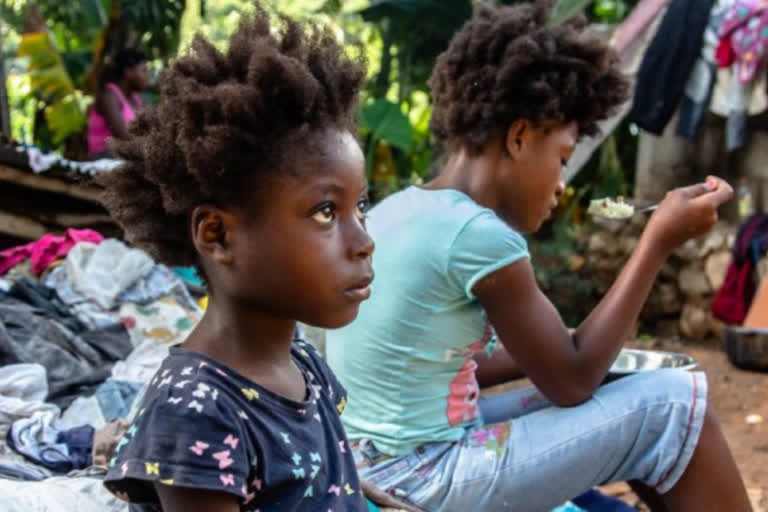Hyderabad: Disasters induced by natural and technological hazards affect millions of people every year worldwide. In a report released by the UN office for Disaster Risk Reduction (UNDRR)-2020, it was found that disasters have claimed approximately 1.23 million lives, an average of 60,000 per annum, and affected over 4 billion people with $2.97 trillion in economic losses over the last two decades. Pro-active measures and planning can reduce the casualties and damages.
As the world marks the International Day for Disaster Reduction (IDDR) today, the focus on public health and disease outbreaks in the context of the Covid-19 pandemic. IDDR falls on 13 October every year, and this year it is themed 'Disaster risk governance'.
India among 10 most disaster prone countries
India is one of the 10 most disaster prone countries in the world and reports third highest number of events every year.
According to the statistics, 68% of India's land is prone to drought, 60% to earthquakes, 12% to floods and 8% to cyclones, making it vulnerable to people living in these danger spots.
The country is prone to disasters due to a number factors; both natural and human induced, including adverse Geo-climatic conditions, topographic features, environmental degradation, population growth, urbanisation, industrialisation, non scientific development practices, etc.
While the Himalayan region is prone to disasters like earthquakes and landslides, the plain is affected by floods almost every year. The desert part of the country is affected by droughts and famine while the coastal zone susceptible to cyclones and storms. These factors, accelerate the intensity and frequency of disasters are responsible for heavy toll of human lives and disrupting the life support system in the country.
As far as the vulnerability to disaster is concerned, five distinctive regions of the country i.e. Himalayan region, the alluvial plains, hilly part of the peninsula, and the coastal zone have their own specific problems.
